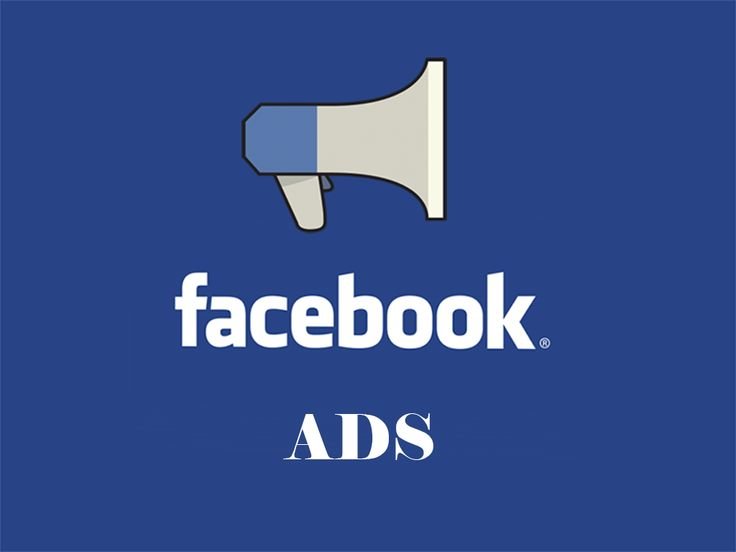In today’s fiercely competitive business landscape, acquiring new customers is only half the battle. The real challenge lies in retaining them and fostering long-term loyalty.
As markets become increasingly saturated and consumer choices multiply, your brand’s ability to keep customers coming back can make or break your success. Building brand loyalty isn’t just about offering quality products or services; it’s about creating meaningful connections and delivering consistent value.
This article explores ten proven strategies to help you retain customers and build a loyal following, even in the most competitive markets. By implementing these tactics, you’ll be well-equipped to turn one-time buyers into devoted brand advocates.

10 Ways to Retain Customers in Highly Competitive Markets
In today’s fast-paced business landscape, customer retention is crucial for long-term success. Here are ten effective strategies to keep your customers loyal and engaged, even in the face of fierce competition.
1. Deliver Exceptional Customer Service
Providing outstanding customer service is paramount. Train your team to go above and beyond, addressing customer concerns promptly and courteously. Implement a customer-centric approach throughout your organization, ensuring that every interaction leaves a positive impression.
2. Personalize the Customer Experience
Leverage data and technology to tailor your offerings and communications to individual customer preferences. Personalization can include customized product recommendations, targeted email campaigns, and personalized loyalty rewards. This approach makes customers feel valued and understood.
3. Implement a Loyalty Program
Create a compelling loyalty program that rewards repeat customers. Offer exclusive discounts, early access to new products, or special perks for loyal patrons. Ensure the program is easy to understand and provides tangible benefits to encourage continued engagement.
4. Continuously Innovate and Improve
Stay ahead of the competition by consistently innovating your products or services. Regularly seek customer feedback and use it to drive improvements. This demonstrates your commitment to meeting evolving customer needs and expectations.
5. Build an Emotional Connection
Foster an emotional bond with your customers by aligning your brand values with theirs. Share your company’s story, mission, and values through various channels. Engage in cause marketing or support local initiatives that resonate with your target audience.
6. Provide Valuable Content
Establish your brand as a thought leader by creating and sharing valuable, relevant content. This can include blog posts, videos, podcasts, or webinars that address your customers’ pain points and interests. Educational content helps build trust and keeps your brand top-of-mind.
7. Offer Exceptional After-Sales Support
Don’t neglect your customers after they’ve made a purchase. Provide robust after-sales support, including easy returns, responsive customer service, and helpful resources. This ensures a positive experience throughout the entire customer journey.
8. Create a Community
Build a sense of belonging among your customers by fostering a community around your brand. This can be achieved through social media groups, online forums, or in-person events. Encourage customers to share experiences, offer support, and connect with like-minded individuals.
9. Implement a Feedback Loop
Regularly solicit and act on customer feedback. Use surveys, focus groups, and social media listening to gather insights. Importantly, communicate how you’ve addressed feedback to show customers that their opinions matter and drive positive change.
10. Surprise and Delight
Occasionally surprise your customers with unexpected perks or gestures of appreciation. This could be a small gift, a personalized thank-you note, or an exclusive offer. These unexpected touches can create memorable experiences and strengthen emotional connections with your brand.
By implementing these strategies, you’ll be well-positioned to retain customers and build lasting relationships in even the most competitive markets. Remember, customer retention is an ongoing process that requires consistent effort and a genuine commitment to meeting and exceeding customer expectations.
READ ALSO: Maximizing ROI with Google Ads: Tips and Tricks
FAQs
What is brand loyalty and why is it important?
Brand loyalty refers to a customer’s tendency to consistently choose one brand over competitors. It’s crucial for businesses because loyal customers are more likely to make repeat purchases, recommend your brand to others, and be less price-sensitive. In highly competitive markets, brand loyalty can be the difference between thriving and merely surviving.
Building brand loyalty isn’t just about retaining customers; it’s about creating advocates for your brand. These loyal customers become an extension of your marketing team, spreading positive word-of-mouth and helping to attract new customers organically. This can significantly reduce your customer acquisition costs and increase your overall profitability.
How long does it take to build brand loyalty?
Building brand loyalty is not an overnight process. It typically takes consistent effort over an extended period, often months or even years. The exact timeframe can vary depending on factors such as your industry, target audience, and the quality of your customer experiences.
However, it’s important to note that while building loyalty takes time, losing it can happen quickly. A single negative experience can undo months of positive interactions. This underscores the importance of maintaining high standards in every customer interaction, from the first touchpoint to post-purchase support.
Can small businesses compete with larger brands in building loyalty?
Absolutely. While larger brands may have bigger budgets, small businesses often have advantages when it comes to building loyalty. These include:
- Personalized service: Small businesses can often provide more personalized attention to customers.
- Agility: They can quickly adapt to customer feedback and market changes.
- Community connection: Local businesses often have stronger ties to their communities.
- Unique offerings: Small businesses can differentiate themselves with niche products or services.
By leveraging these strengths and consistently delivering value, small businesses can cultivate a loyal customer base that rivals or even surpasses that of larger competitors.
How can technology help in building brand loyalty?
Technology plays a crucial role in modern loyalty-building strategies. Some key ways it can help include:
- Customer Relationship Management (CRM) systems: These help track customer interactions and preferences, enabling personalized communication.
- Loyalty programs: Digital loyalty programs make it easy for customers to earn and redeem rewards.
- Social media: Platforms like Instagram and Twitter allow for direct engagement with customers and real-time feedback.
- Data analytics: Advanced analytics can help identify trends and predict customer behavior, allowing for proactive retention strategies.
- Artificial Intelligence: AI can personalize customer experiences at scale, from product recommendations to chatbot interactions.
By effectively leveraging these technologies, businesses can create more engaging, personalized experiences that foster loyalty.
How do you measure brand loyalty?
Measuring brand loyalty involves tracking several key metrics:
- Customer Retention Rate: The percentage of customers who continue to do business with you over time.
- Net Promoter Score (NPS): Measures how likely customers are to recommend your brand to others.
- Repeat Purchase Rate: The frequency at which customers make repeat purchases.
- Customer Lifetime Value (CLV): The total revenue you can expect from a customer over the course of your relationship.
- Brand Engagement: Measures how often customers interact with your brand on various platforms.
Regularly monitoring these metrics can provide insights into the effectiveness of your loyalty-building efforts and help identify areas for improvement.
Remember, building brand loyalty is an ongoing process that requires consistent effort and adaptation. By focusing on delivering exceptional value and experiences to your customers, you can create a loyal customer base that will support your business even in highly competitive markets.

